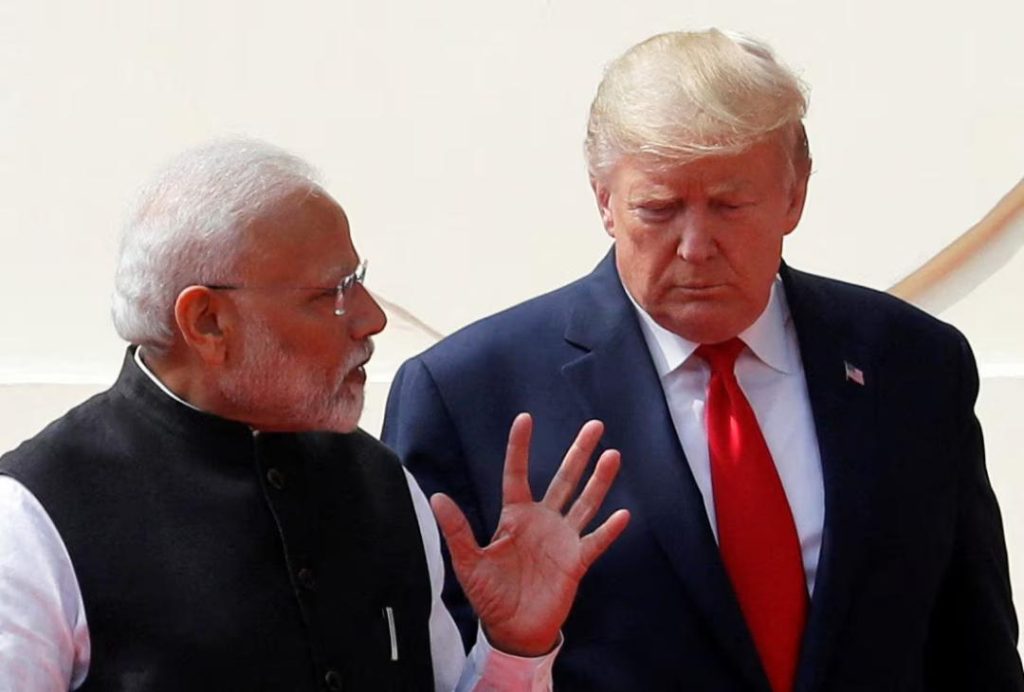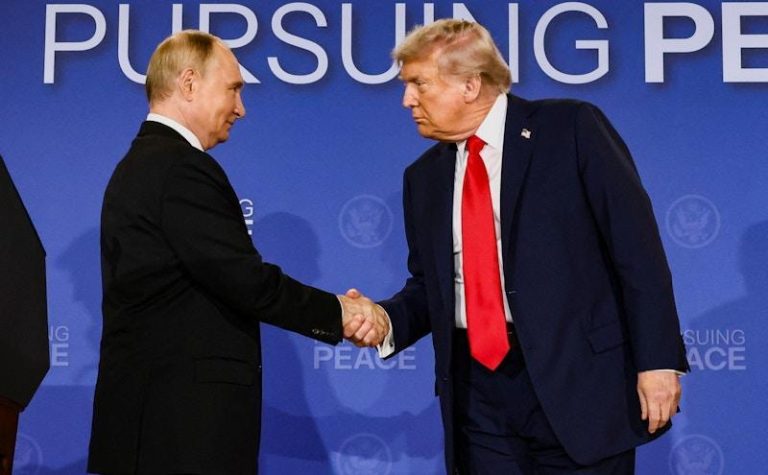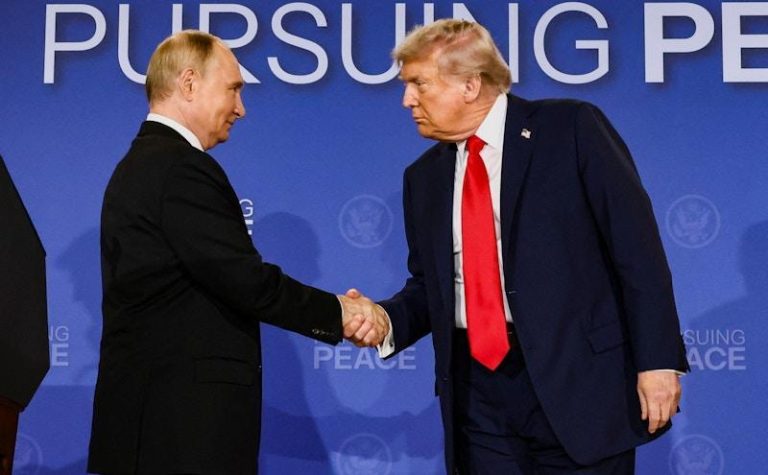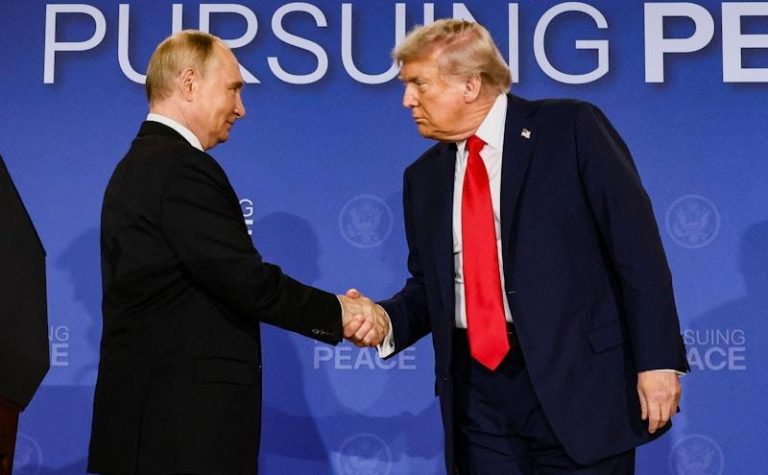
Why Trump’s 50% Tariffs May Not Hurt India’s Economic Growth?
The recent announcement of 50% tariffs by US President Donald Trump has sent shockwaves across the globe, with many economists and experts predicting a significant impact on global trade and economic growth. However, in a surprising twist, S&P Global Ratings Director YeeFarn Phua has opined that India’s economic growth may not be affected by these tariffs. According to Phua, India is not a “very trade-oriented economy” and its exposure to US markets is relatively low, making it less vulnerable to the impact of these tariffs.
In this blog post, we will delve into the reasoning behind Phua’s statement and explore the implications of Trump’s tariffs on India’s economic growth.
India’s Trade Profile
To understand why India may not be heavily impacted by Trump’s tariffs, it is essential to examine the country’s trade profile. According to the World Bank, India’s trade-to-GDP ratio stood at around 40% in 2019, which is significantly lower compared to other major economies such as the US (27%), China (38%), and the European Union (63%). This means that India’s economy is not as heavily reliant on international trade as other countries, giving it a natural cushion against the impact of tariffs.
Furthermore, India’s exports to the US account for only around 2% of its GDP, which is a relatively small proportion. This means that even if the US imposes tariffs on Indian exports, the impact on India’s overall economy will be limited.
India’s Domestic Market
Another factor that Phua highlights as a reason why India may not be affected by Trump’s tariffs is the country’s large and growing domestic market. India is home to over 1.3 billion people, making it the second-most populous country in the world. This massive consumer base presents a significant opportunity for businesses to grow and expand, even in the absence of favorable trade agreements.
In fact, many international businesses are already flocking to India to tap into its vast domestic market. According to a report by the Confederation of Indian Industry (CII), foreign direct investment (FDI) inflows into India have been steadily increasing over the past few years, with the country receiving over $60 billion in FDI in 2019 alone.
India’s Economic Growth Outlook
Despite the uncertainty surrounding Trump’s tariffs, S&P Global Ratings has maintained a positive outlook on India’s economic growth. Phua has stated that the agency’s “positive outlook on India remains” and that the country’s economic fundamentals are strong.
There are several reasons why India’s economic growth outlook remains positive. First, the country has implemented several structural reforms in recent years, including the Goods and Services Tax (GST) and the Insolvency and Bankruptcy Code (IBC). These reforms have helped to improve the business environment and increase competitiveness.
Second, India’s digital economy is growing rapidly, with e-commerce platforms and fintech companies driving growth and innovation. This trend is expected to continue, with the Indian government launching initiatives such as the National Digital Payments Mission to promote digital payments and financial inclusion.
Finally, India’s demographic dividend, with over 65% of its population below the age of 35, presents a significant opportunity for growth and development. The government’s initiatives to promote education and skilling, as well as its efforts to create jobs and improve infrastructure, are expected to create a positive feedback loop that drives economic growth.
Conclusion
In conclusion, while Trump’s 50% tariffs may have significant implications for global trade and economic growth, India’s exposure to US markets is relatively low, making its economy less vulnerable to the impact of these tariffs. Additionally, India’s large and growing domestic market, as well as its strong economic fundamentals, present significant opportunities for growth and development.
As Phua noted, India is not a “very trade-oriented economy”, and its economic growth outlook remains positive. While the uncertainty surrounding Trump’s tariffs may create some short-term challenges, India’s long-term growth prospects remain strong.






